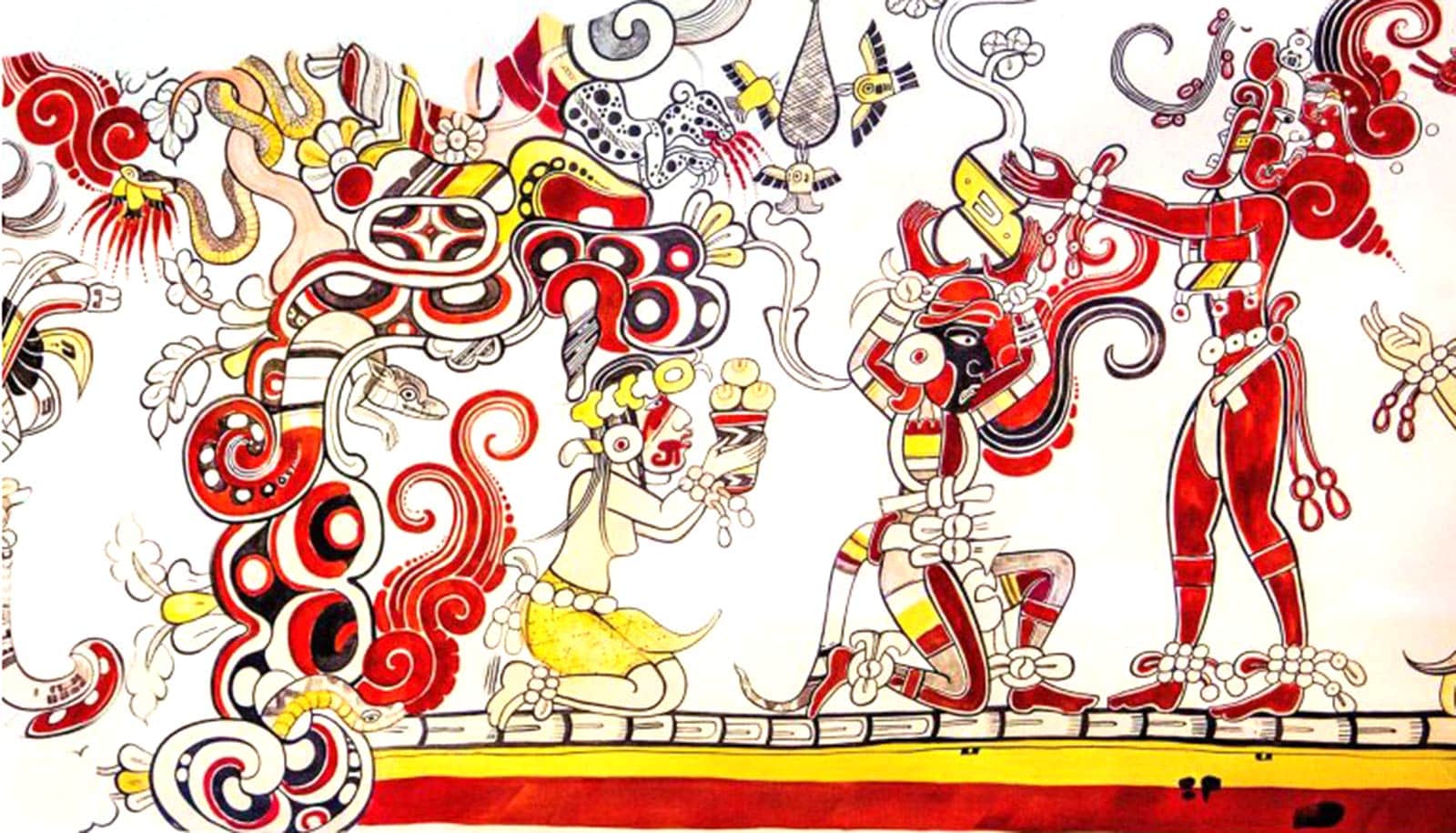
Two small circular pits dug into the corner of a Guatemalan home a millennium ago offer clues to how the Maya people turned maize into tamales and what they used to flush indoor toilets, a new study shows.
Ancient toilets and trash pits are like heaven to archaeologists. They might not have the glamor of a gleaming medieval jewel or intricate Roman mosaic, but they brim with clues about the everyday life of bygone civilizations: the detritus—and discharges—of our ancestors telling rich stories of what the past was like for those without palaces or chests of gold.
From the mundane and the messy, archaeologists can spin tales of what people used to eat, how they kept clean (or not), what illnesses they had, and what they treasured (and what they didn’t).
Also in the pits, researchers found parasites that may have left the Maya plagued by bouts of nausea, weakness, and diarrhea.
The study in the Journal of Archaeological Science, reveals how the pits were full of maize starch spherulites, a microscopic byproduct of nixtamalization—a food preparation process essential to making tamales and tortillas, where corn kernels are soaked and washed in an alkaline solution of water and lime.
Because the pits were also dotted with parasitic worm eggs from human feces, the archaeologists think the Maya were using the pits as latrines, flushing their toilets with lime water leftover from making tamales.
“We have both the earliest documented evidence for nixtamalization and the earliest evidence for toilets in the Maya world,” says John M. Marston, associate professor of archaeology and anthropology at Boston University.
“There is nothing that archaeologists like finding more than latrines, toilets…”
He’s been hunting for at least one part of that evidence since 2020, when he and a former student Emily S. Johnson—now a graduate student at the University of California, Santa Barbara—invented a method for spotting nixtamalization in residues left behind on cooking pots and grinding stones, as well as in archaeological sediments.
According to Italy’s University of Gastronomic Sciences, nixtamalization—which gives maize newfound elasticity and unlocks nutritional superpowers, boosting its levels of calcium and niacin (vitamin B3)—was “the secret to pre-Hispanic nutrition.”
Here, Marston talks about digging into history’s toilets, what tamales can teach us about ancient diets, and what else they found in the Guatemalan pits:
Additional coauthors are from Harvard University, the University of Texas at Austin, and Boston University.
A John G. Owens Fellowship, a Cora Du Bois Charitable Trust Summer Dissertation Research Fellowship, and a Harvard Graduate School of Arts and Sciences Dissertation Completion Fellowship funded the work.
Source: Andrew Thurston for Boston University